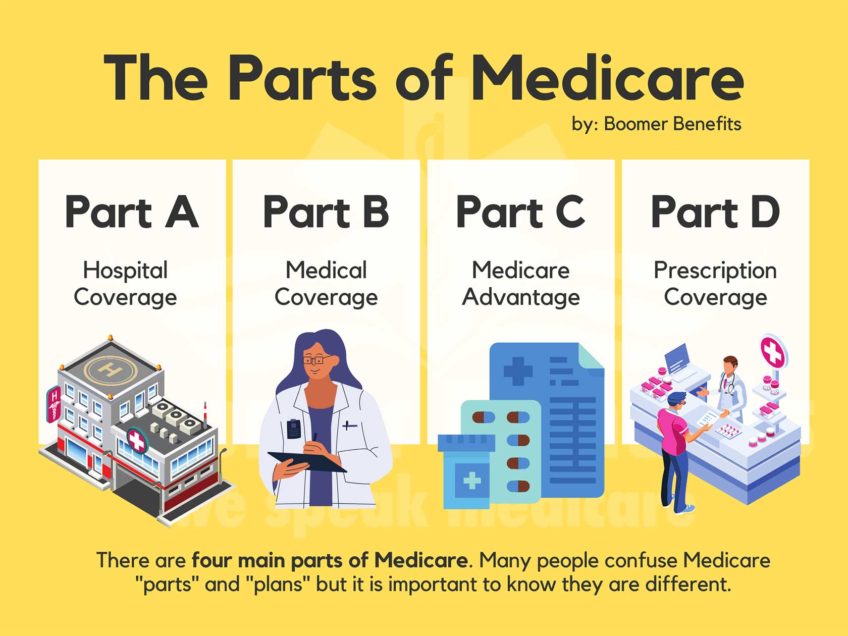PHOENIX — The most important tool a surgeon has is a pair of steady hands. And a growing number of Phoenix-area surgeons now use their hands to grip a joystick-like device instead of a knife or a scalpel.
The device controls a robot called “da Vinci,” which does most of the work on procedures such as hysterectomies or prostate removals.
About a dozen Phoenix-area hospitals now use these robots for common surgeries because they result in less pain, minimal scarring and a quicker recovery for patients, surgeons say.
“It’s almost like playing a video game, like PlayStation 3,” said Dr. Michael Hibner, director of gynecological surgery at St. Joseph’s Hospital and Medical Center in Phoenix.
Hibner is among the most prolific da Vinci Surgical System users for gynecological procedures in greater Phoenix. He has performed 100 operations such as hysterectomies and myomectomies, or removing uterus tissue that causes pain, bleeding or pressure.
He also trained five area surgeons to use the surgical robot and chatted up the robot at health conferences on behalf of the device’s maker, Sunnyvale, Calif.-based Intuitive Surgical.
The da Vinci is now the most common method for removing prostates. The company expects the robot will be used for 75,000 prostatectomies worldwide this year, up from 32,000 such procedures in 2006. The second most common use is hysterectomy, and the device has been used for cardiac procedures.
Intuitive representatives said Scottsdale Healthcare was the first Arizona hospital system to purchase a da Vinci in 2001. Now, several hospital systems have versions of the robot, including Mayo Clinic, John C. Lincoln, St. Luke’s, West Valley Hospital and several others. The device costs from $1.5 million to $1.6 million, depending on the model.
“Arizona has been an early-adopter market,” said Scott Floyd, Intuitive’s area sales manager. “There has been widespread adoption in the Phoenix area, as well as Tucson.”
West Valley Hospital surgical director Noelle Pereira praised its ease of use. The Goodyear hospital is expanding its robotic surgery options to hysterectomies, and kidney and bladder removals.
More than 100 men with prostate cancer have been treated at West Valley Hospital with the da Vinci since 2005, according to Pereira.
The results include a shorter hospital stay for patients, fewer risks for infection and faster return to normal daily activities, she said.
Rather than getting a 6- to 8-inch incision from the lower pelvis to the bellybutton for most abdominal surgeries, patients receive six half-inch incisions where laparoscopic instruments are inserted, said Dr. Rahul Thaly, a urologic surgeon.
During the procedure, the surgeon guides the tools from the console, watching images of the organs captured by a miniature video camera that can zoom in and out.
Patients benefit by leaving the hospital within 48 hours and getting back on their feet in three to four weeks, about half the typical time for an open surgery, said Dr. Pankaj Jain, chief of surgery.
Brothers Kevin and Wayne Hokerk chose to have their prostates removed with the robotic technology, instead of radiation or open surgery, after being diagnosed with early-stage cancer recently.
“It was so simple,” said Wayne, 65, who was treated at West Valley Hospital last year. “The worst part of the whole thing was when they took the tape off.”
Kevin followed his older brother’s footsteps in March.
“When I looked at all the options, to me, there was no other choice,” the 57-year-old said. “His recovery was so much easier.”
Banner Heart Hospital launched its robotic surgery program in 2006 and expanded it to Banner Baywood Medical Center in 2007, offering gynecologic, urologic and general surgeries.
“All surgical disciplines are looking toward a more-minimally, less-invasive approach,” said Allen Raczkowski, a physician who specializes in robotic heart surgery at Banner Heart Hospital. “You want the results of the operation, but you want to decrease the amount of morbidity placed on the patient. And it’s become a very large portion of all surgical disciplines.”
Dr. Ali Borhan, a Phoenix urologist, said the robot’s ease of use is a big selling point.
“It’s kind of easy to promote something that you believe in and the patient believes in,” Borhan said.
(The Arizona Republic)






